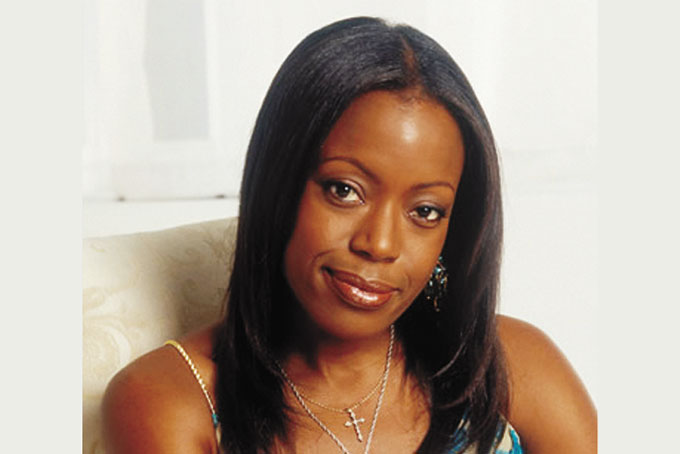
TRACY REESE—One of only 2 Black designers showing fall 2013 collections at Lincoln Center during Mercedes-Benz Fashion Week.
Fashion week in New York was green long before eco-chic became a movement in the U.S. fashion industry.
When the eight-day Mercedes-Benz Fashion Week officially kicks off at Lincoln Center in Manhattan, the 80–plus designers and brands previewing their fall 2013 collections at the prestigious and exclusive venue will have at least one thing in common besides a love of fashion— they forked over big bucks.
Unfortunately, Black designers have been a decreasing presence at the twice-yearly fashionpalooza, which attracts media, industry insiders, celebrities, and fashion-lovers from around the globe. At the same time, the participation of non-Black designers, particularly Asian and Latins, has increased.
Certainly, Lincoln Center is not the only place aspiring and veteran designers can get their vision and designs before the public. There are probably three times as many shows away from the tents at Lincoln Center, mainly because alternate sites are cheaper. With the industry still in the throes of a tenacious economic recession, big-name designers as well as newbies are banking on more affordable venues such as showrooms, hotels, restaurants, and the Internet.
Still, there’s a reason Lincoln Center is the plum spot. No other can match its energy, excitement, and history of attracting the most influential individuals in the industry. Designers who show there pray that the opportunity is worth the sacrificial price, with costs exceeding $50,000 for the smallest of the three spaces inside the tents.
Womenswear designers Tracy Reese and b Michael are the only Black designers scheduled to show at Lincoln Center this season. Reese is a Lincoln Center regular; her runway presentation is at 2 p.m. Sunday. With the launch of his line in select Macy’s stores across the nation and having dressed Whitney Houston in the movie Sparkle, the legendary b.Michael will be showing his latest b Michael AMERICA collection at 8 p.m. Feb. 13.
The dearth of Black designers is not lost on Black journalists and bloggers who routinely report on fashion week.
“I do think that the reasons behind the large numbers of Asian and Hispanic designers showing at the tents has everything to do with color, but that color is green, as in money,” said Karyn Collins, style editor for InJersey Magazine and culture editor and contributing writer for FashionReverie.com. “Sponsorship and financial backing and overall financial health of one’s business play a huge role in who shows during New York Fashion Week, and where.”
Noting that some of the industry’s biggest names rarely, if ever, show at the tents—Donna Karan, Marc Jacobs, and Calvin Klein, for example—Collins suggested that designers showing at off-site venues are no less creative or legitimate.
“I would rather see a designer scale back their presentation or elect to just show online, or just send out a great photo lookbook, than to see them go out of business because they put all their resources into producing a great fashion show or didn’t put enough focus into details of the business like production and delivery,” she said. “It may sound boring to the average fashion fan, but at the end of the day, the long-term viability of a designer’s business is more important than a fashion show.”